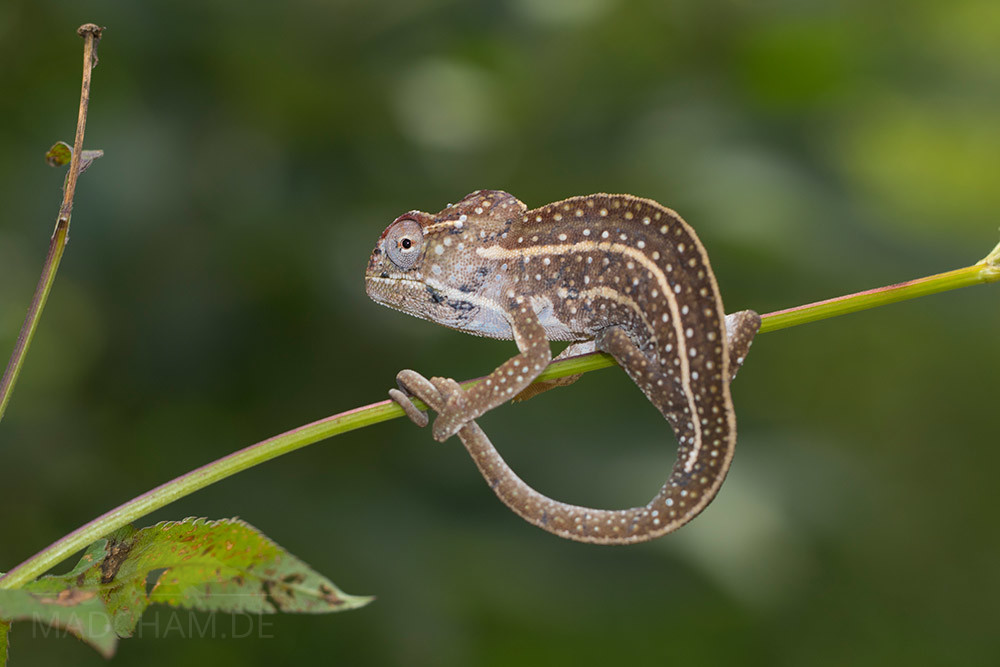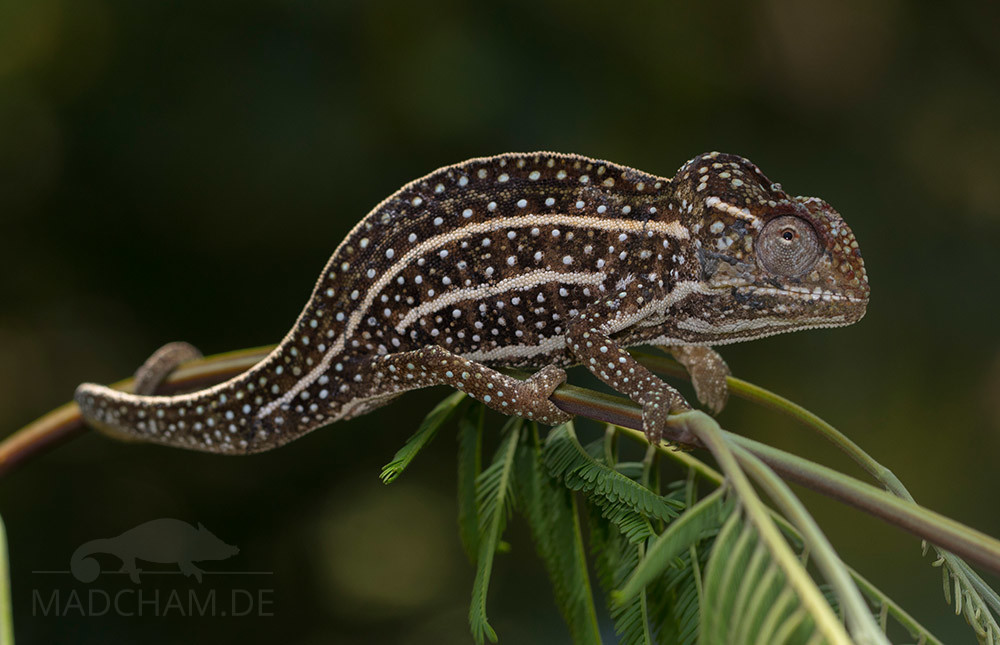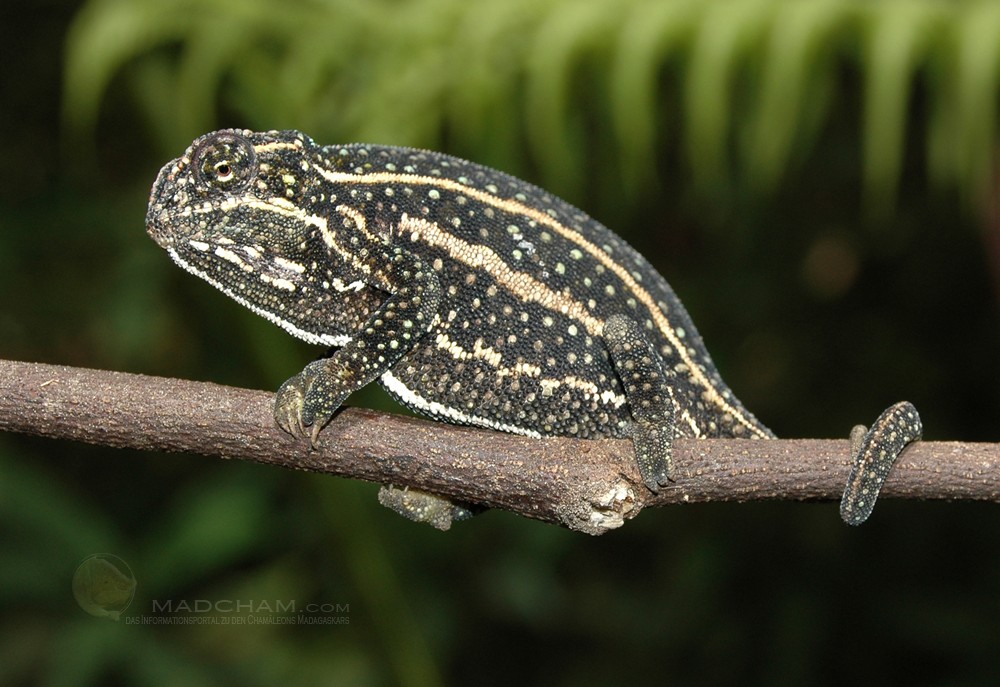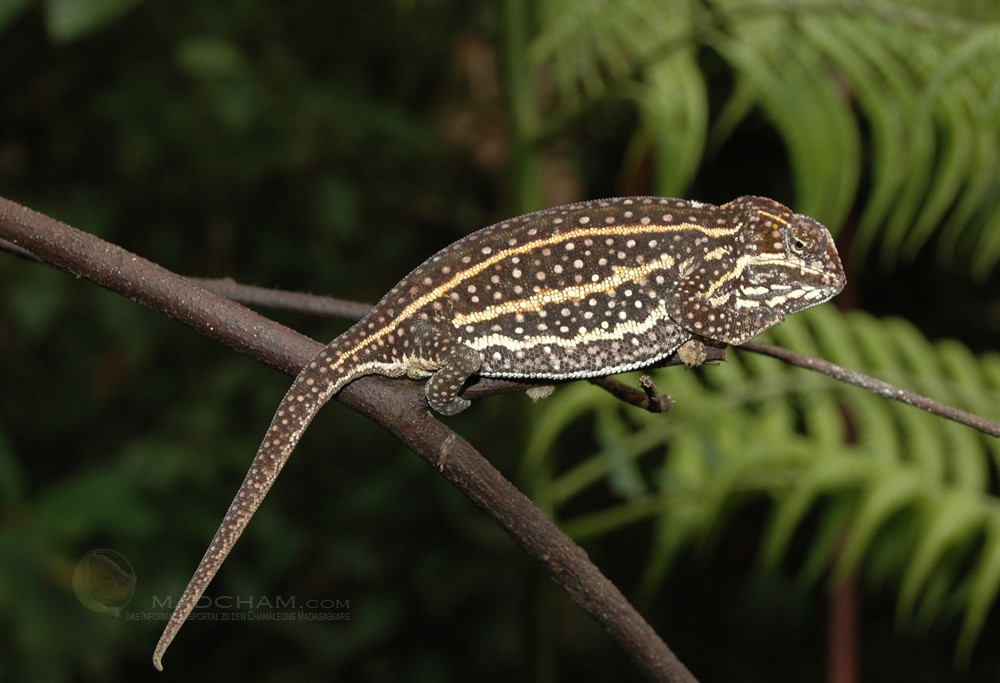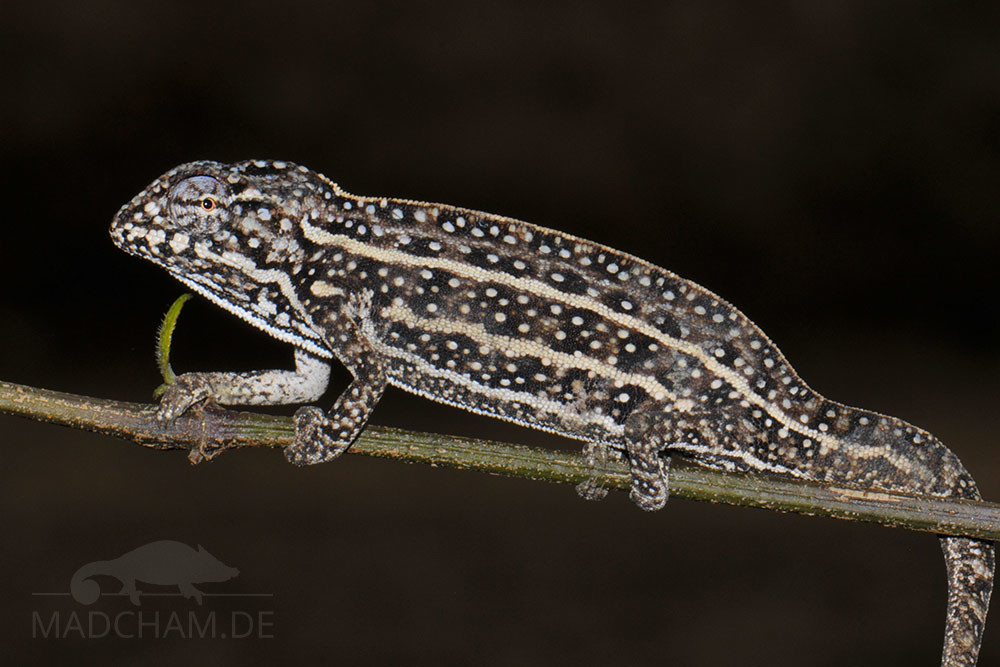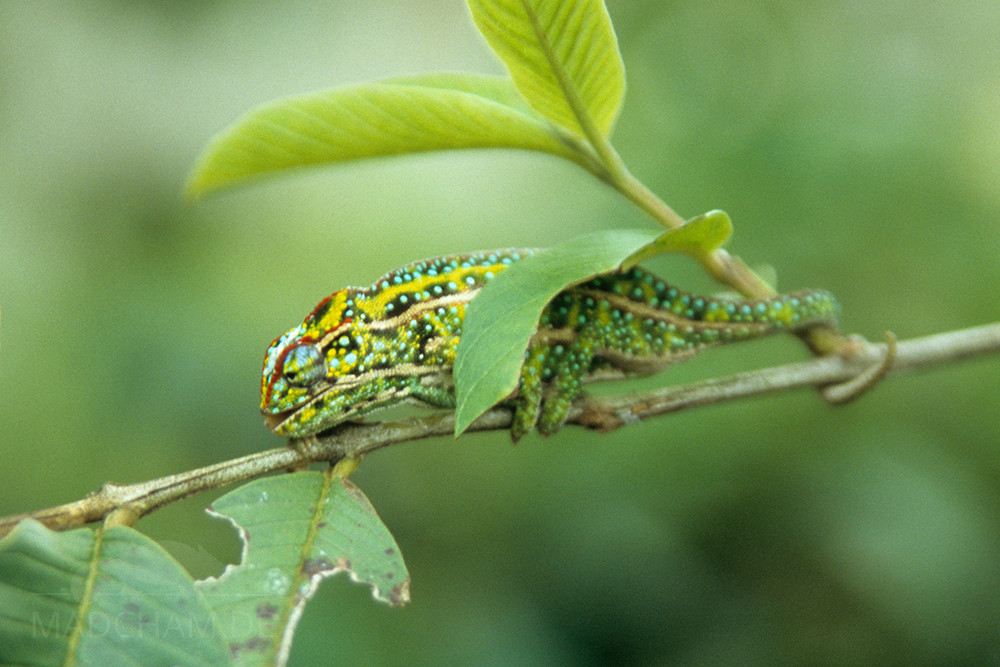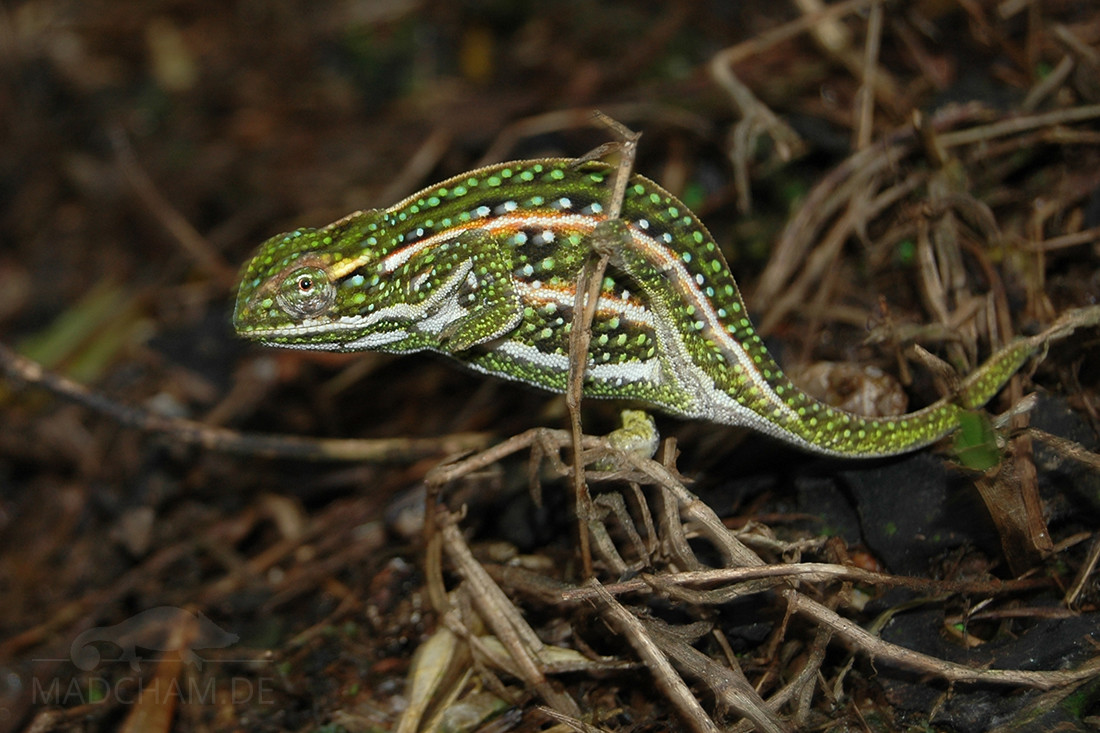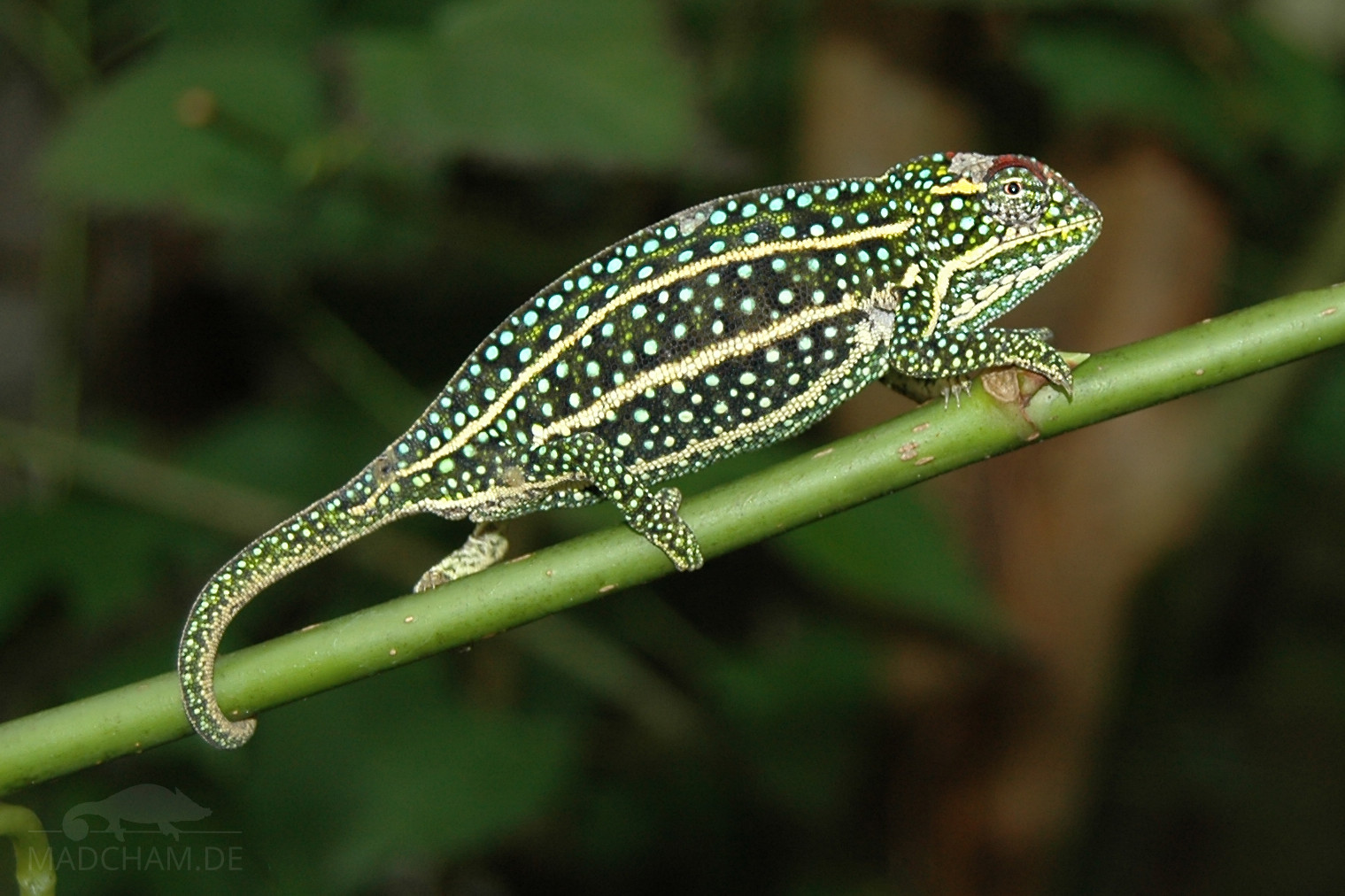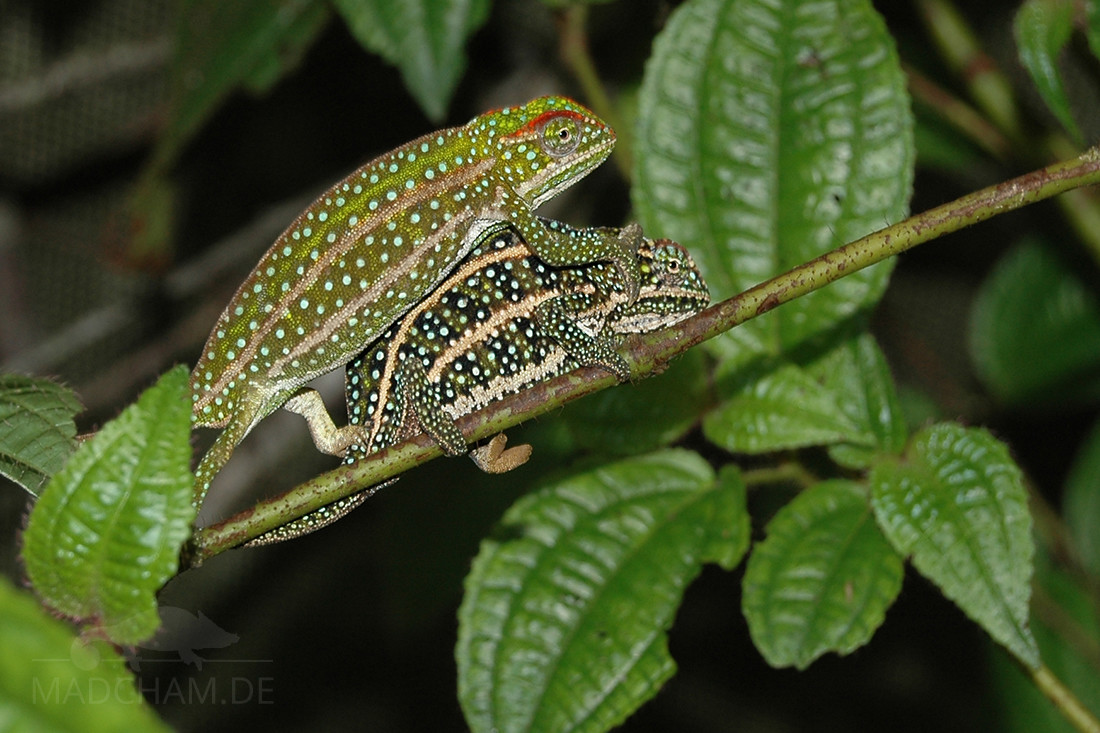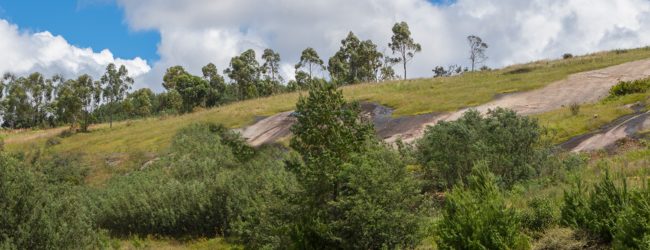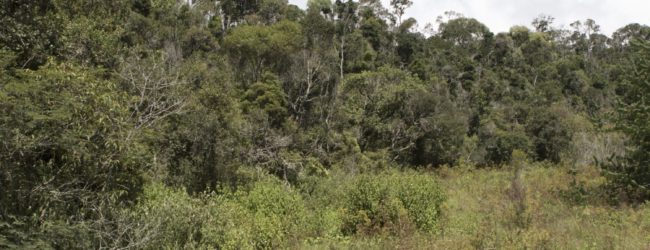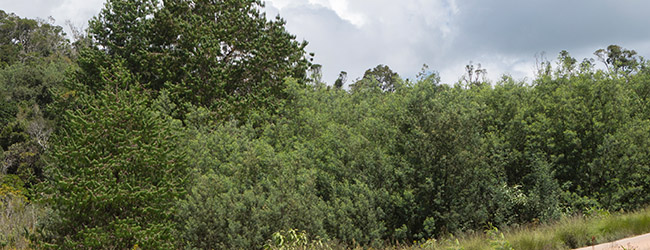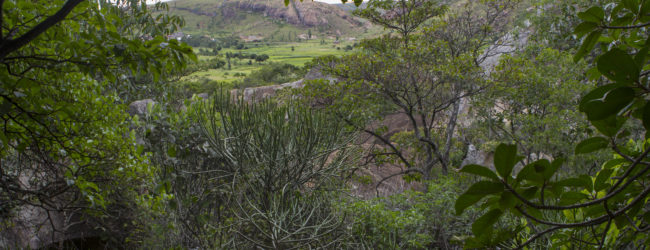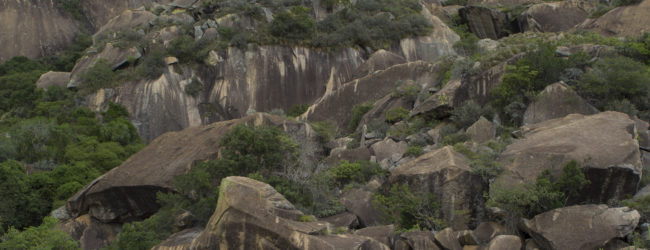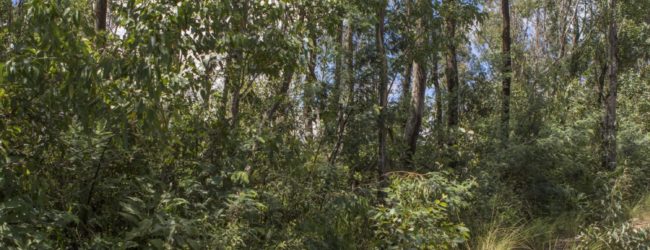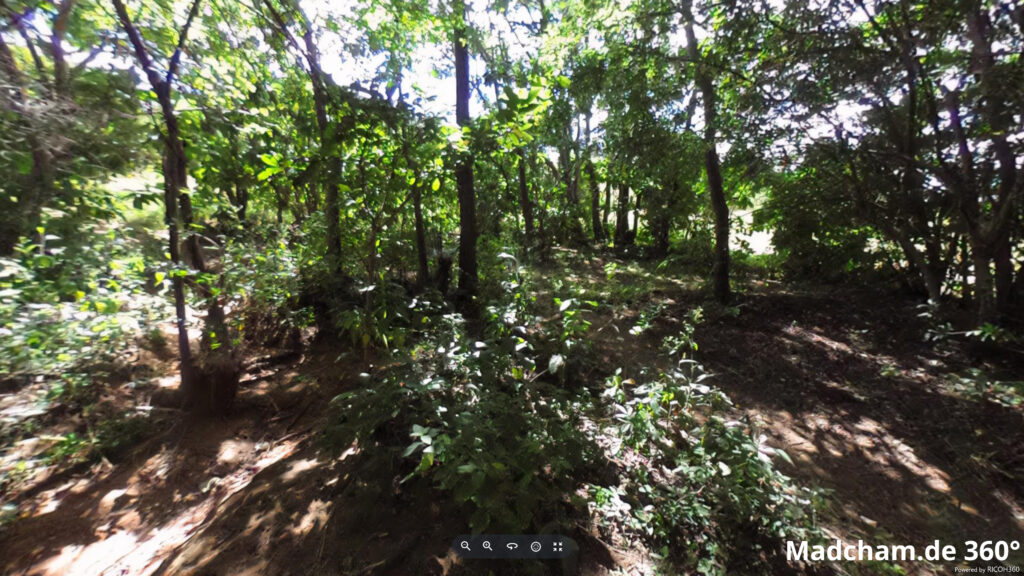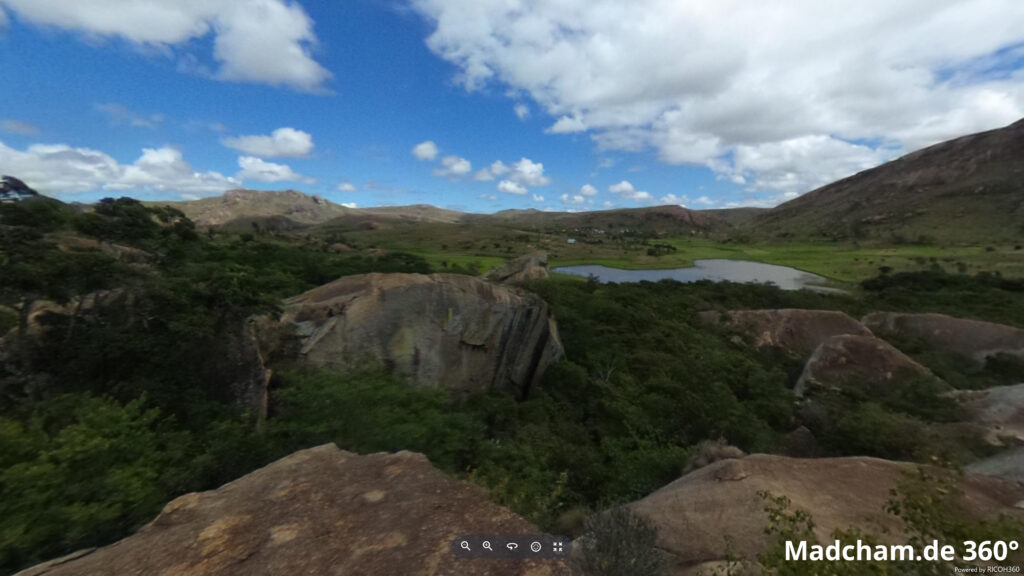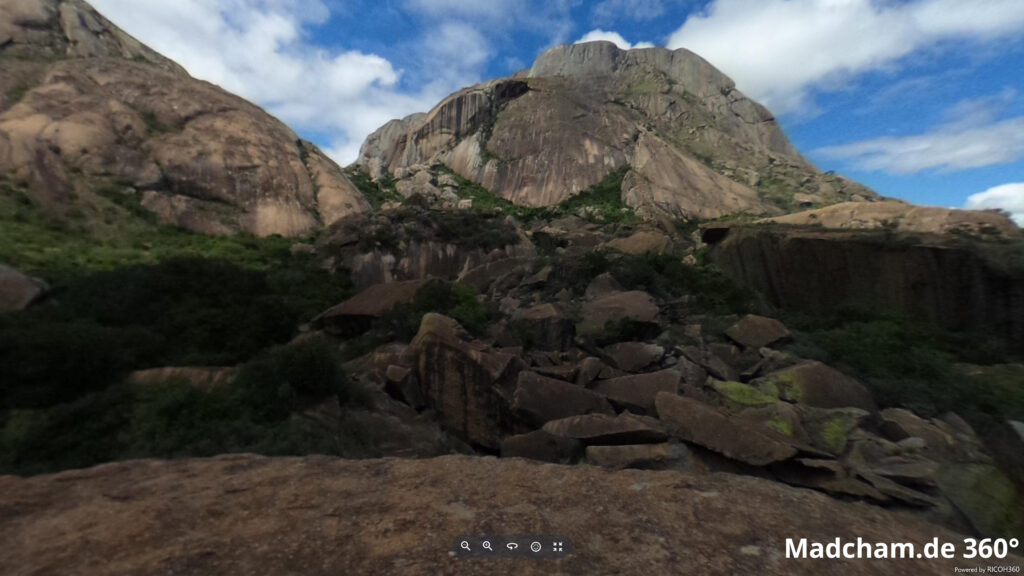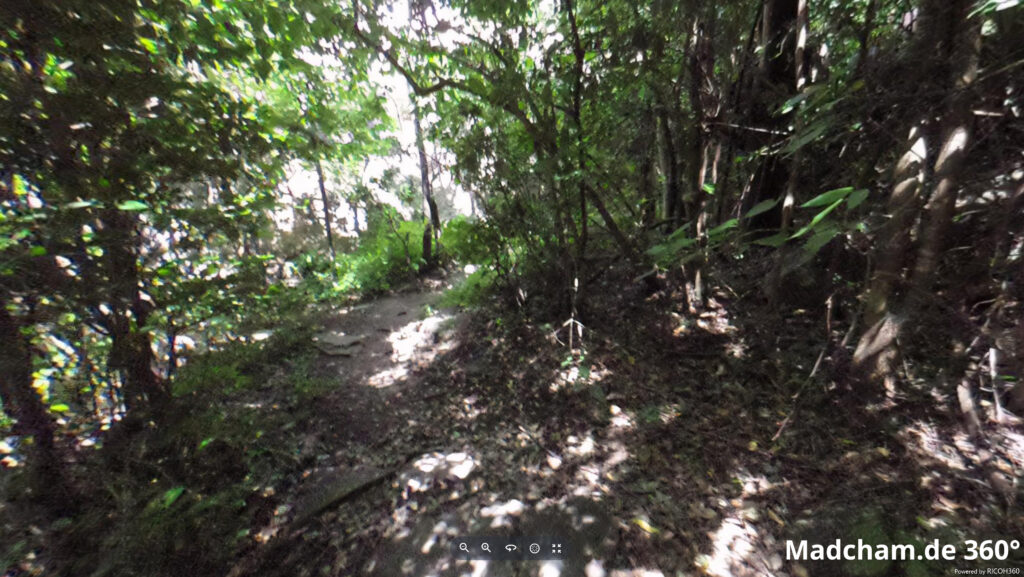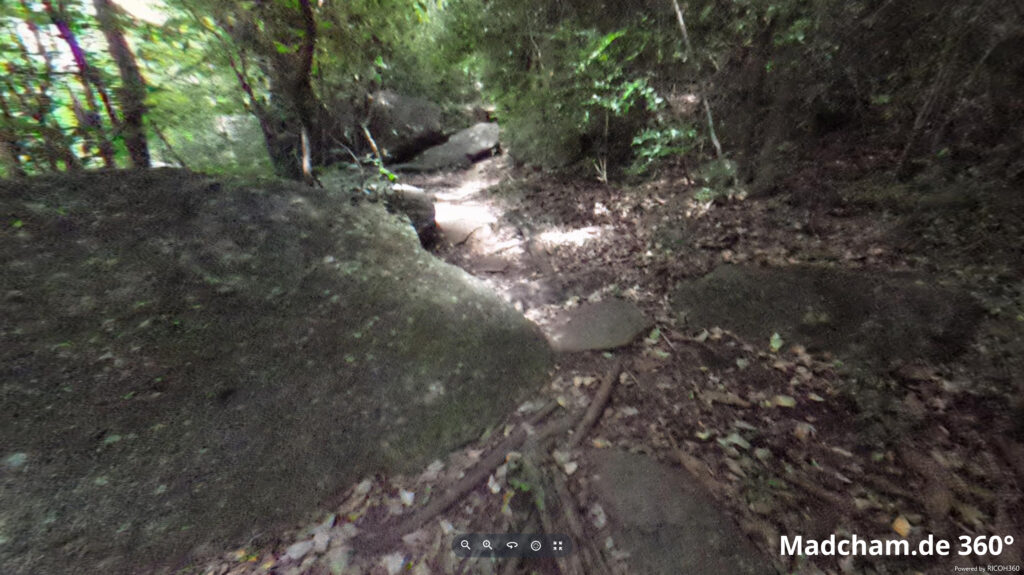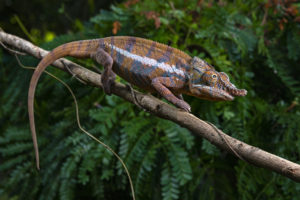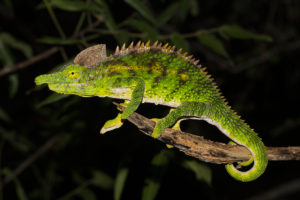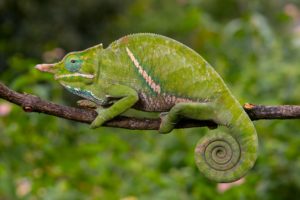2011 no specimens, 2012-24 each 250 specimens for legal export
First description: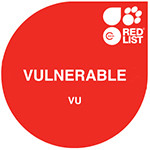
Origin of the species name:
The French naturalist Alfred Grandidier visited Madagascar three times between 1865 and 1868, traveling almost the entire island and producing one of the first maps of the country. Back in France, he began to write his life’s work L’Histoire physique, naturelle et politique de Madagascar in 40 volumes. In 1872 he described Furcifer campani in three sentences among other chameleons. He did not mention why he chose the Latin campani (= from Campania) as his name. Possibly the mountains of the Andringitra massif, from which the animals came, seemed to the widely traveled naturalist to be similar to those of the Campania region in Italy.
Distribution:
Furcifer campani exclusively occurs in the foothills of the Malagasy southern highlands. You can find it at elevations up to 2000 meters. The best chances to find Furcifer campani are the Andringitra mountains, e.g. in Anja Community Reserve near Ambalavao. The chameleons live in low bushed and inside the grassland between rocks. Due to the high elevations, the temperature here can decrease until the freezing point at night. Unfortunately, the area hardly has any primary vegetation left, so these chameleons are expelled into secondary vegetation with very small population sizes. In 2016, we found Furcifer campani for the first time somewhere completely else: South of Ambositra.
Appearance & size:
Furcifer campani is also called “jeweled chameleons” due to their attractive color patterns. Relaxed animals are yellow-green with bright blue stripes, bright blue and yellow spots as well as a bright red area above the eyes. Stressed chameleons of this species change color to black ground color bright spots. The casque of both genders is flat and neither back nor belly wears a ridge. With a size of 12-20 cm in total, Furcifer campani belongs to the mid-sized chameleons.
Good to know:
This species has been bred in captivity for the first time in 1992 in Germany. However, today it is still rarely kept and only bred in low numbers.
| Jan | Feb | Mar | Apr | May | Jun | Jul | Aug | Sep | Oct | Nov | Dec | |
| Average temperature | 20 | 20 | 20 | 19 | 16 | 15 | 13 | 12 | 15 | 18 | 18 | 19 |
| Minimum temperature | 15 | 15 | 15 | 13 | 11 | 9 | 8 | 8 | 9 | 11 | 14 | 15 |
| Maximum temperature | 25 | 26 | 25 | 24 | 23 | 21 | 19 | 19 | 21 | 25 | 26 | 26 |
| Rain days | 23 | 21 | 21 | 16 | 10 | 7 | 8 | 6 | 8 | 15 | 22 | 26 |
We have collected the data given above over several years with thermometers and hygrometers at the finding places of the chameleons. "Average temperature" means that values of a whole month have been calculated to one average value per month. For example all measured minimum temperature values of February have been calculated to one average minimum temperature for February. In plain language, this means single peak values of a day may be a little higher or lower than the average minimum and maximum temperatures. It is possible that a location has an average maximum temperature of 29°C, but one day during that month it had 33°C or even 35°C there.
Anja Community Reserve is located in Madagascar's southern highlands at elevations of 1000 m above sea level. It covers the last piece of dry forest of the southern highlands and has a large rock formation behind. Around the reserve, there are only rice fields and savannas left. The city of Ambalavao is only a few kilometers away from the reserve.
Rainy season is the warmest time of the year. Regular rain showers hit the region, almost daily. During the daytime, temperatures reach pleasantly 25°C, nights are moderately cool around 15°C. During the dry season, the region gets precipitation on a regular base, it hardly becomes dust-dry in this region. But temperatures fall during the dry season, at night even to 5-10°C. Temperatures during daytime in the dry season only reach an average of 20°C.
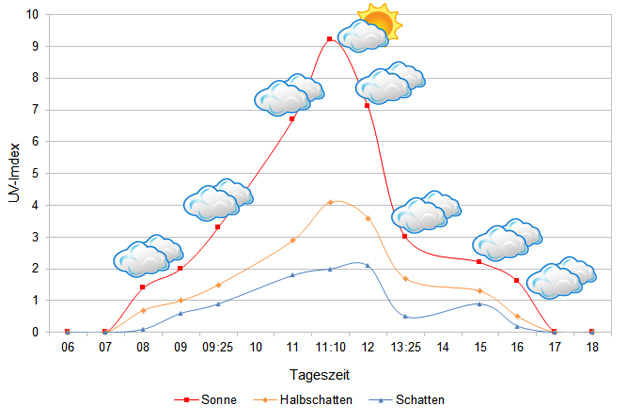
We have measured UVB data with a Solarmeter 6.5 in spring (beginning of March) at the peak of activity of chameleons in Madagascar. We always measured the values that a chameleon could maximally reach in its habitat.
Habitat:
The habitat of Furcifer campani is very rocky, the earth is disrupted by large boulders and stony plates again and again. They live in residues of dry forests with high, slender trees and mush bushes as well as partially hip-high grass. In higher elevations, the habitat is more savanna-like.
Below you will find some 360° images from the Anja Community Reserve. You can use the mouse to rotate in all directions. If you click on the respective photo, the images will open in an enlarged view in a separate window. You also have the option of viewing the images in full-screen mode. Have fun looking at them!

